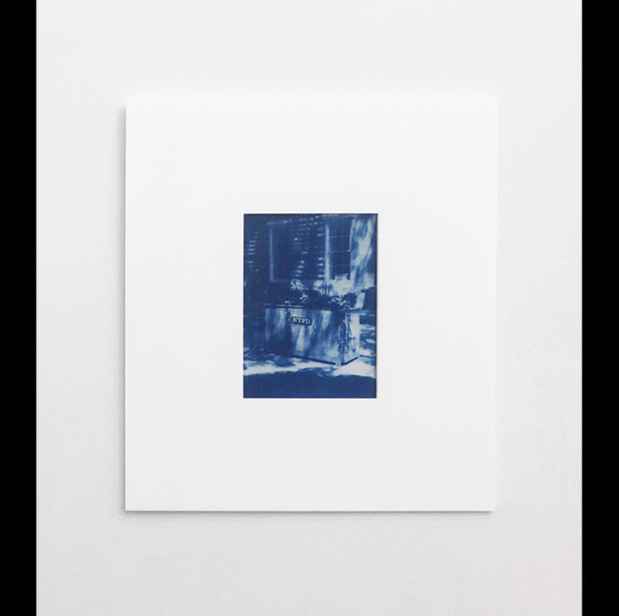“The Comedies Of The Status Quo” Exhibition
Kate Werble Gallery

This event has ended.
The artworks in The Comedies of the Status Quo signal rather than direct. Working across textile, video, and photography, the artists in this exhibition share an investment in open address and generative misinterpretation.
Several works look to aesthetic forms employed in moments of mass protest such as banners and posted flyers. Cauleen Smith’s newest textile banner, Rock (2019), features a fist clutching a stone below cursive text that reads: WE WILL ROCK YOU. Its emblem evokes the defiant practice of throwing stones at symbols of authority while its inscription is borrowed from Queen’s jubilant rock anthem. A hand-sewn mixed media textile by Tuesday Smillie, Wound (2018), is an abstract composition of layered orange quilting, black fabrics, and gold beads, its own textual address reading: YOUR WOUND IS A BLESSING. Moving, like Rock, beyond the functional protest banner, Wound’s generosity lies in its ambiguous possessive. Christopher Aque’s new series of gelatin cyanotypes, Sanitation (Shadows) (2019), was spurred by a flyer protesting a planned residential development in Crown Heights that threatens to overshadow the nearby Brooklyn Botanical Gardens. Aque exposes his photographs directly on glass or lacquered aluminum using short wavelength ultraviolet light—commonly employed as a germicidal disinfectant—linking the process of sterilization to that of gentrification and displacement.
Other artworks address individual relations, emphasizing entanglements and exchange. In their video, My hook to hang your eyelet on (2015), Kerry Downey uses an overhead projector to consider the psychological and metaphorical implications of projection. The work’s voiceover shifts between professorial and confessional modes of address, speaking to matters of gender and embodiment as shapes suggestive of the body collect and scatter on screen. In Cauleen Smith’s silent short film, Lessons in Semaphore (2015), choreographer taisha paggett dances in a vacant lot, overgrown with tall green grasses, in the Washington Park neighborhood of Chicago. Signaling in semaphore—a system of visual communication in which handheld flags are used to transmit information across distances—paggett is joined in the film’s final frames by Maylk Singleton, a young neighborhood resident, who mirrors her movements in response. Gareth Long’s pair of prismatic diptych prints, A Social Situation (2019) and Asocial Situation (2019), appropriate a child’s drawing from psychologist David Katz’s 1948 compendium of lecture illustrations Psychological Atlas. Depicting a social interaction as imagined by a young child, the line drawing features two rudimentary figures whose outstretched arms crisscross. The facts of the situation are unclear: are the figures brawling, picking each other’s noses, signaling in semaphore?
Media
Schedule
from September 17, 2019 to October 19, 2019
Opening Reception on 2019-09-26 from 18:00 to 20:00
Artist(s)
Christopher Aque, Kerry Downey, Gareth Long, Tuesday Smillie, Cauleen Smith